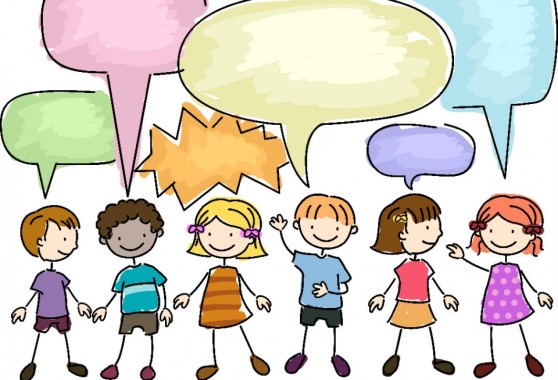If you’ve ever tried to control your unruly toddler or your defiant preteen, you understand how impossible it can be. The bad behaviors that you witness (crying, stomping the floor, rolling the eyes) are often just symptoms of underlying thoughts or anxieties.
My 13-year-old daughter refuses to get out of the car with me at the mall. She argues and slumps away from me, until finally I just leave her there. I don’t understand why she acts that way!
Our goal as parents is not to control behaviors, but rather to teach our children how to calm, soothe themselves, and self-regulate their own behavior. What does that mean for our home life? It means promoting physical, social, and emotional wellness. It means teaching your child strategies to calm themselves when agitated or frustrated, release their energy in positive ways, and understand their own body so they can better understand when they need a break.
At home, physical wellness can be supported by:
- A regular bedtime routine with one-on-one attention and time
- An adequate amount of sleep
- A healthy diet with sufficient amounts of protein and omega-3 fatty acids, rather than simple carbs which lead to irregularity in energy levels
- Physical activity for self-modulation (teaching your child how to regulate their energy with physical activity)
Here are some tips to try at home:
- No electronics in the bedroom (t.v., video games, cell phones, etc.)
- Use soft music or soft lighting to prep your child for transitions like bedtime
- Take the dog for a walk after school or before homework time
- Model for your child how to take quick breaks during long periods of work
- Eat together, with well-rounded meals for everyone. Lead by example and eat your veggies! Do not create power struggles around food, because you will not win. Food is for fueling our bodies, nothing more, nothing less.
Along with physical wellness, we need to be promoting Social and Emotional Wellness in our children. Some examples of social and emotional wellness activities include:
- Teach calming and self-soothing activities (think of relaxation exercises you’ve done in yoga classes)
- Give positive attention and feedback (For every critical comment you make, try making 10 positive comments)
- Increase your child’s opportunities for success behaviorally, socially, and academically. One-on-one opportunities are often a great place to start. Our children need to succeed at something. As parents we must continue to explore and search for that area where our children can be successful. Their entire self-image depends on it.
Once a child is supported in their wellbeing, then we can begin working on language and learning. Many families are surprised by how quickly skills grow once a child is self-regulated and calm. As parents, our work at home with our children builds a wonderful foundation for learning. Leading by example, teaching, and providing them with opportunities to practice these skills can help them become physically, emotionally, and socially healthy kids.


3 thoughts on “Helping your child regulate their own behavior”